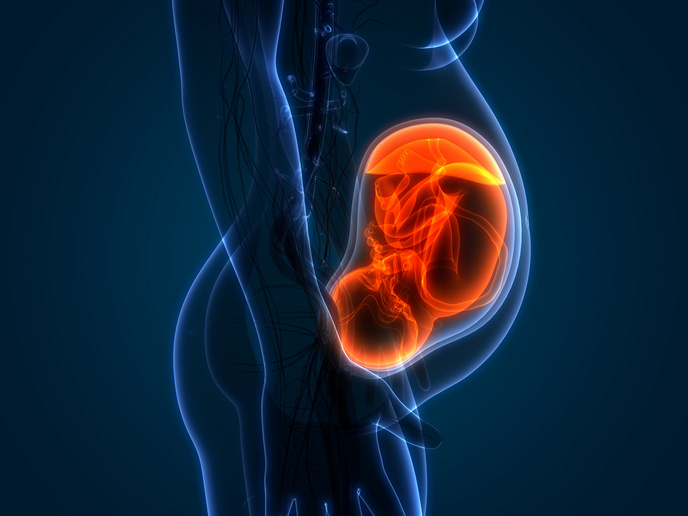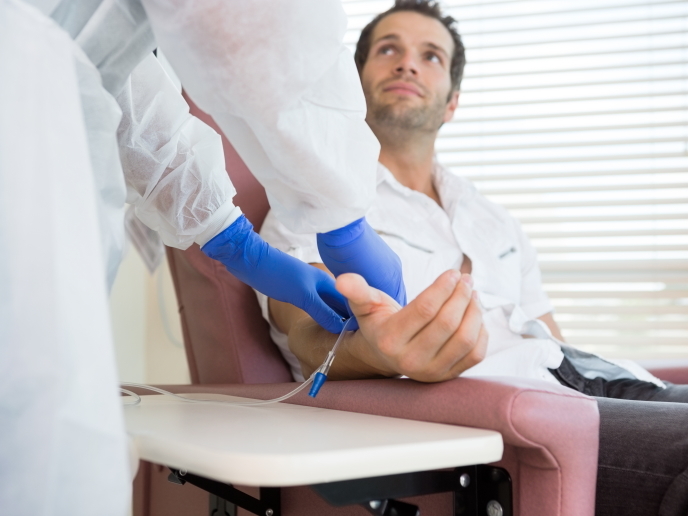The mis-education of T cells
T lymphocytes that recognise self-antigens get eliminated in the thymus through a process known as negative selection. When this process goes wrong, self-reactive T cells can reach and potential destroy various peripheral organs in the body (e.g. pancreas) and consequently cause autoimmune conditions such as diabetes. Until recently, it was believed that the thymus was responsible only for tolerance induction to circulating antigens and tolerance to antigens expressed exclusively in parenchymal organs occurred through different mechanisms. However, evidence now indicates that medullary thymic epithelial cells (mTECs) - the cell population responsible for T cell education - transcribes thousands of genes including those whose expression is restricted to parenchymal organs. As a result, T cells are presented with the self-antigens of deep tissues that they would encounter once released into the body. Recent data demonstrate that the capacity of mTECs to express thousands of tissue-restricted-antigen (TRA) genes is to a large extent regulated by a product of the autoimmune regulator (Aire) gene. To understand the molecular mechanisms by which Aire induces ectopic expression of TRAs in mTECs, scientists on the EU-funded AIRE-TOP2A (The role of Topoisomerase 2a in Aire-mediated induction of immunologic tolerance) project sought to identify the interacting partners of Aire. Interaction and functional analyses revealed that regulation of TRA gene expression involves the protein deacetylase Sirt1 as well as a multi-molecular complex consisting of several transcriptional control elements. Researchers were able to mimic and rescue the capacity of Aire by the anti-cancer drug etoposide, which inhibits topoisomerase-2 function. Furthermore, they observed that Aire associated with components of the DNA damage response to mediate gene expression in vivo. Collectively, the findings of the AIRE-TOP2A study provide several fundamental insights on the process of negative selection of T cells. Most importantly, it forms the basis for the future investigation of Aire in autoimmunity.







